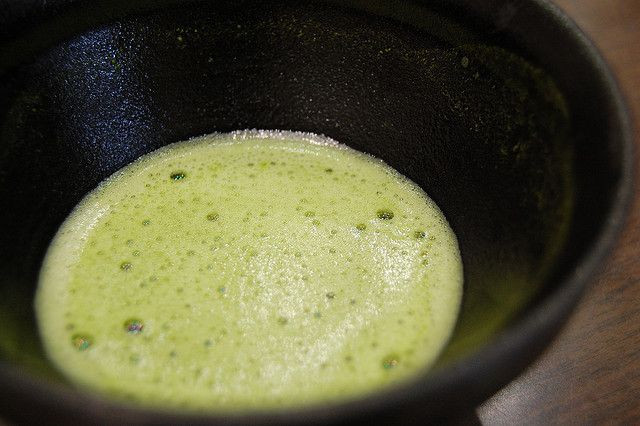Green Tea Could Cut Pancreatic Cancer Risk, As Key Biologic Changes Cancer Metabolism

A tranquil cup of green tea, with its many beneficial biologic components, has been long though to ward off certain cancers. Now a new study from the Los Angeles Biomedical Research Institute (LA BioMed) claims to have discovered how exactly that happens.
Pancreatic cancer is poised to become the second-deadliest cancer in the coming decades, falling only behind lung cancer. Unlike more treatable forms of cancer, such as breast cancer and skin cancer, which naturally lend themselves to diagnosis via doctor observation, pancreatic cancer is much harder to detect; its location deep in the body complicates routine methods. Treatment, as well, often proves difficult.
Experts routinely advocate for cancer prevention in this regard. This involves shifts in lifestyles and diet, which, by current accounts, are unlikely to improve. Type 2 diabetes rates are rising alongside obesity rates. Green tea, the current researchers find, may help offset some of this decline, however. And rather than use a molecular mechanism to alter the pancreatic cancer cells, scientists were able to do it metabolically.
"By explaining how green tea's active component could prevent cancer,” said Dr. Wai-Nang Lee, corresponding author and lead researcher at LA BioMed, in a statement, “this study will open the door to a whole new area of cancer research and help us understand how other foods can prevent cancer or slow the growth of cancerous cells."
Lee and his team found that EGCG, the primary antioxidant in green tea, changed the metabolism of pancreatic cancer cells by suppressing the expression of an enzyme, LDHA, associated with cancer. They also found an enzyme inhibitor, known as oxamate, which reduced LDHA in the same way. Both components disrupted the cancer cells’ state of “flux,” the rate at which molecules can turn over through a metabolic pathway. This suggested that EGCG and oxamate played dual roles in suppressing cancer cell metabolism.
Lee, for his part, heralded the potential of the findings. "This is an entirely new way of looking at metabolism," he said. "It is no longer a case of glucose goes in and energy comes out. Now we understand how cancer cell metabolism can be disrupted, and we can examine how we can use this knowledge to try to alter the course of cancer or prevent cancer."
Pancreatic cancer is one of the deadliest cancers in the world — of the more than 45,000 Americans who are diagnosed annually, 85 percent die from the disease — because clinicians don’t have a reliable enough method to search for it. The closest scientists have come is discovering key biomarkers, which act as smoke signals for the disease’s presence. Doctors can check these biomarkers via blood tests and biopsies. Even still, prevention remains the safest and healthiest option.
Source: Lu Q, Zhang L, Yee J, Go V, Lee W. Metabolic consequences of LDHA inhibition by epigallocatechin gallate and oxamate in MIA PaCa-2 pancreatic cancer cells. Metabolomics. 2014.



























